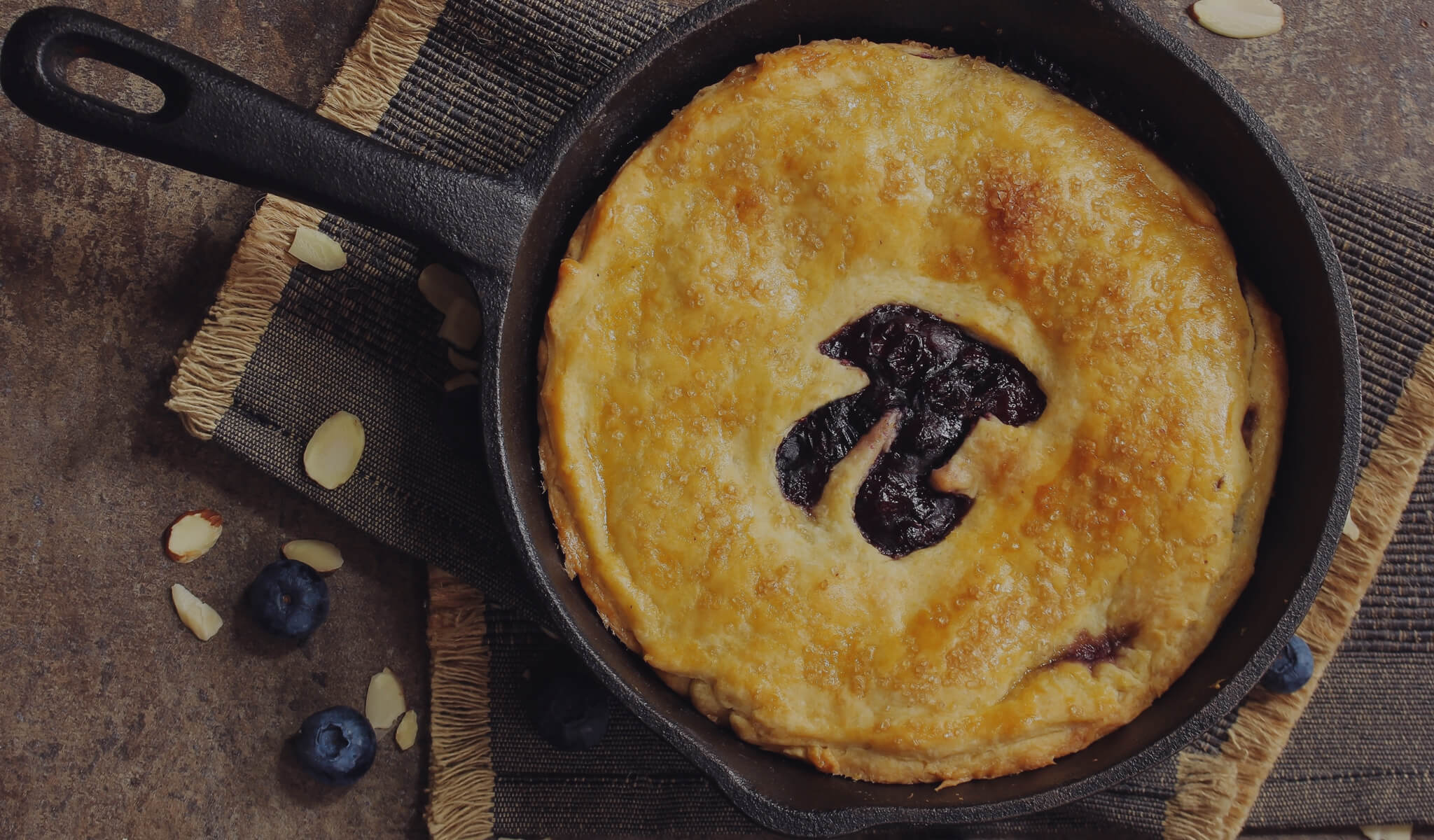If you’re reading this, chances are you did not grow up with Pi Day. When I was growing up, March 14 simply meant that spring break was near. I was surprised that it was indeed a “thing” when our boys were in grade school. Math was always my favorite subject in school, so of course I was delighted to see anything that helped students engage with numbers.
Before we discuss the origin of Pi Day, let’s review a quick history of pi.
Perhaps the Bangles should have changed their lyrics to “Do math like an Egyptian.” The ancient Egyptians had knowledge of pi…the Great Pyramid at Giza features a most interesting ratio of its perimeter to its height. It happens to be approximately 2 times pi! There is still no definitive conclusion about how these ancient people pulled off their engineering miracles so perfectly back in the 2500 BCE era, but it’s pretty clear that someone had a thing for numbers. By 1650 BCE, we see from the Rhind Papyrus that the Egyptians were using 3.1605 as the value for pi.
The Babylonians were right there with the Egyptians in terms of documenting their use of pi though. These were the same peeps who crafted one of the first and most complete legal codes in history; the Code of Hammurabi, so it’s no surprise that they left us evidence of their approximation of pi as 3 times the square of its radius = 3.125.
From Babylon we move to the Greeks. Brilliant mathematician Archimedes (287-212 BCE) calculated the area of a 96-sided polygon inside a circle (inscribed) and a 96-sided polygon outside a circle (circumscribed). This allowed him to determine an upper and lower limit for the circle’s area, and thus for pi. Thanks to Archie, pi was thereafter known to be between 3.1408 and 3.14285. Not bad for no calculator, huh?
Getting Warmer:
- 429-500 AD: Chinese mathematician Zhu Chongzhi one ups (well actually 128 times ups) Archimedes and uses a 12, 288-sided polygon to refine the value of pi.
- 15th century: Indian mathematician Madhavan calculates pi to 11 decimal places.
- 1706: Welsh mathematician William Jones starts to use the Greek letter π to denote the irrational ratio. It’s stands for the word “perimeter.”
- 1736: Swiss mathematician (and a million other things) Leonhardt Euler (pronounced Oiler), used π = 3.14… in his famous work Mechanica, ushering in the common usage of the symbol to represent the ratio.
- 1874: William Shanks calculated pi to 707 digits, but he made a booboo – only 527 digits were correct. Serious bummer.
Going Digital:
- 1945: D.F. Ferguson calculated pi to 620 digits with a desk calculator.
- 1946 – 2001: Lots of peeps from around the world made contributions using calculators and computers.
- 2002: Longest calculation to date: A team at the University of Tokyo calculated pi to 1, 241,100,000,000 digits with a super computer.
The Origin of Pi Day
It turns out that Pi Day began in San Francisco at the Exploratorium. If you’ve never been there, run, don’t walk. It is a fabulous place for kids to explore. In 1988, (former) Exploratorium staff physicist Larry Shaw “linked March 14 (3.14) with the digits of pi (3.14159…). And Pi Day was born.” Pi Day became an official national holiday in the U.S. in 2009.
Pi Day Ideas and Activities
Here are some suggested activities for Pi Day at your school or at home with your kids:
- Make a beaded necklace. Each color of bead represents a digit. The number “3” should be a big or differently shaped bead (for the 3 in 3.14159…). Then go from there.
- Make “Pi-lentines” with free downloads from MathGeekMama.com.
- Favorite Pie Graphs. Favorite Pie Graphs: This activity takes about 60 minutes. Have students vote for their favorite type of pie. Find the percent of the class that voted for each type of pie. Calculate the percent of 360 degrees for each “slice”. Have the students make a PIE GRAPH of the results. Make the graph inside of a pie tin.
- Great activities here including: Pi Day paper chain with each color of construction paper representing a digit; dividing up pizzas and discussing the relationship of the circumference of the pizza to its diameter; Pi Day fundraisers where you sell slices of pie for $3.14; create a Pi Day symphony where each student is assigned a digit to go along with an instrument or sound (snapping, clapping, knocking, whistling, etc).
Create a Pi Day Signup with PlanHero
Need help getting supplies and pies and pizzas for your child’s classroom? Make it easy on yourself and get signups with PlanHero! Example here.

Responses
Kimberly
Cool history Julie- I never knew the origin of pi
1 responseJulie Farrell
Thanks Kimberly! Neither did I – it was fun to research it.
Barbara Boyle
Amazing…I had no clue about the origin…just knew Pie 3.14
1 responseJulie Farrell
Thanks for reading Barbara! We had fun learning more about Pi as well.
Comments are closed.